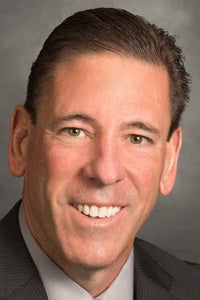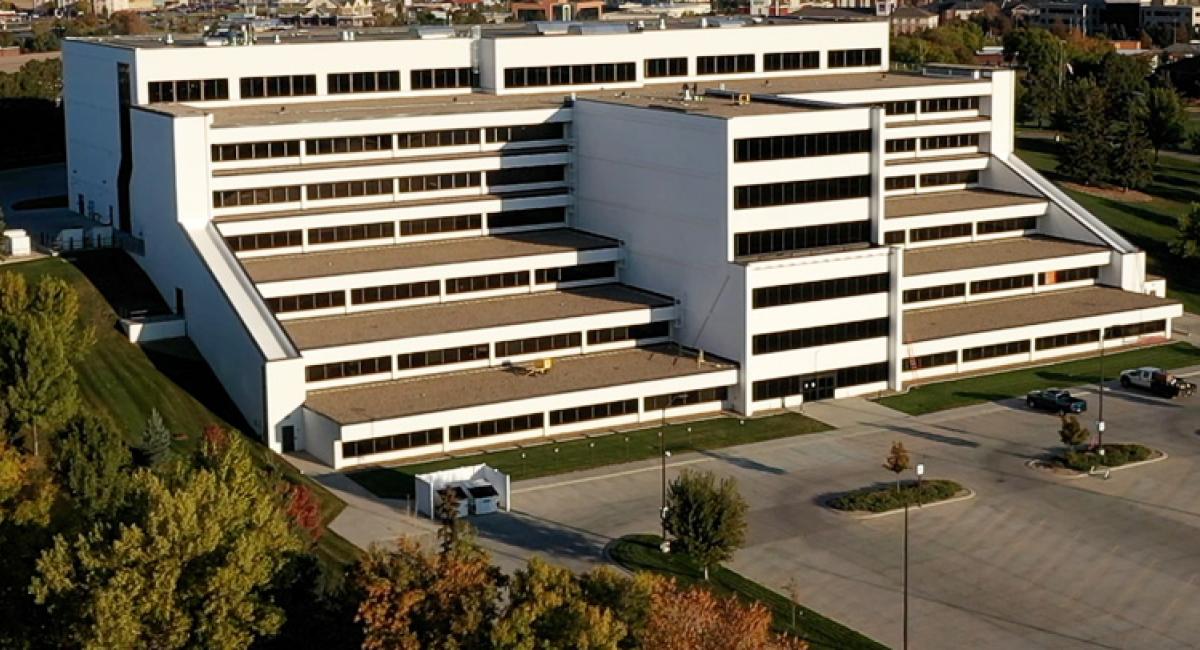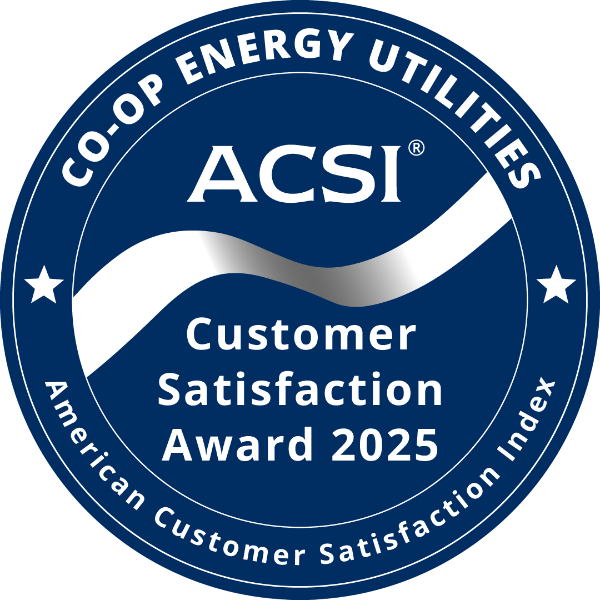
Sioux Valley Energy
General Manager/
Chief Executive Officer
Sioux Valley Energy is one of many electric utilities throughout the nation that are facing increasing rate pressures this year and likely into future years.
When you peel away all the complexities and unique situations present with each electric utility, you will get to the core of the issue, and that stems from skyrocketing electrical demand from consumers. Many (if not most) electric utilities do not have the needed generation and transmission to support that demand for a variety of reasons. One of the causes is that traditional baseload generation (think coal plants) have been shut down in different parts of the country with no corresponding replacement. Of course, that is a vast simplification of the issue but hits at the core because generation and transmission must be built to support the demand and that comes at a cost.
We are anticipating a fairly significant cost increase from our wholesale power supplier, Basin Electric Power Cooperative. There are four basic drivers of that increase:
First, there is a higher demand for electricity. There is a lot of talk about huge data centers sucking up all the electricity…and while they certainly do use a lot of energy, this isn’t the load growth I am referring to. The electricity demand that our power suppliers are working to support is from our traditional membership – residential, farm, commercial, and industrial. Not megaload data centers. To meet this need Basin Electric will need to invest $10.6 billion in the next 10 years.
Second- Anticipated losses by Dakota Gasification Company (DGC). Dakota Gasification is a for-profit subsidiary of Basin Electric Power Cooperative; it owns and operates the Great Plains Synfuels Plant near Beulah, North Dakota. The Synfuels Plant gasifies lignite coal to produce gases and liquids producing fertilizers, solvents, phenol, carbon dioxide, and other chemical products for sale. Commodity prices are down in 2025 and are expected to stay that way for some time, which impacts the demand for the inputs and products that DGC produces – suppressing profits.
The third reason is the need to build extra generation and transmission to meet higher resource adequacy requirements for the Southwest Power Pool – That is a mouthful, but in essence, it means that Basin Electric is required to build extra generation and transmission in case of an emergency. Think back to the unexpected winter outages in February of 2021. A lot of things went wrong…extreme cold that spread down to Texas along with generating plant outages at the same time. There simply wasn’t enough electricity being generated to meet the demand, which is why our transmission operators had to shut off power to some of our members. This is why all Regional Transmission Organizations (RTOs), like SPP, are requiring extra generation and transmission be built as a reserve (above and beyond what is needed for existing members and anticipated growth).
Finally, our power supplier needs to invest in reliability – Basin Electric will need to make significant investments in existing facilities to make sure they can continue to generate electricity and have enough capacity in the system to serve today’s members along with expected growth.
To help you learn more about the electricity you use to power your homes and businesses, we have created an ‘Electricity 101’ series. Click on the link below to find a story about how electricity is produced. It explores the complex system which needs to be maintained and upgraded to continue the reliability you expect today… work that comes at a cost.
How is Electricity Produced and How Does it Get to Me?
This is a lot to digest, but as I mentioned, our goal is to provide you with as much up-to-date information about the 2026 rate increase as we can. Basin Electric’s Board of Directors will meet in September to set rates, which will provide us with the details we need to set our budget here at the local level, and give you a better idea of what next year’s rates will look like.
Click for the Manager's Message page



